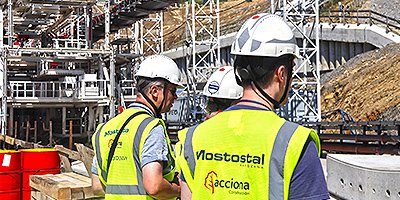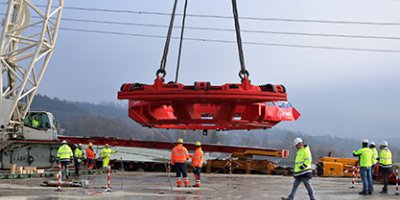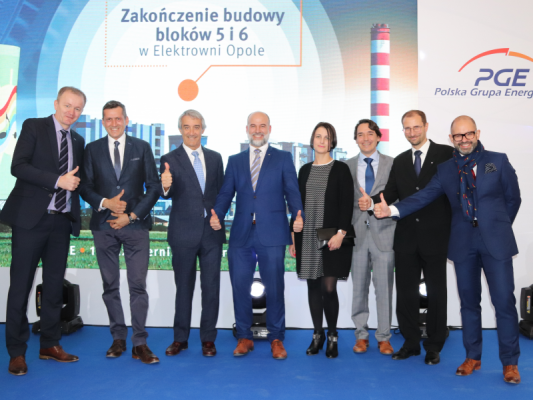Mostostal Warszawa has completed the construction of the largest energy investment in Poland since 1989 for PGE
The Opole megainvestment was carried out in the EPC formula (engineering, procurement, construction), i.e. it included the design, delivery and construction of turnkey power units. Each block will work as a monoblock system (one boiler with one turbine set). Thanks to the compact and modular design, the new blocks, together with the infrastructure, occupy a relatively small space of about 45 ha. Next to the generating units, two cooling towers with height of 185.1 m each were built, in which the first note bars from the traditional song "Poszła Karolinka do Gogolina" were painted in honor of the Opole Song Festival. The new blocks have been designed for 35 years of work span and power usage up to 8000 hours / year. They were also adapted for the generation of cogeneration heat in at alevel of 300 MWt / h
- Blocks 5 and 6 were a special task for us. We were aware of the strategic significance of this investment, but also its unique character in terms of construction. The project required an unusual work pace of, especially during assembly and construction of the boiler room. Today we can say: together we have achieveda success - we have completed an important however, extremely difficult task - says Jorge Calabuig Ferre, Vice President of the Management Board of Mostostal Warszawa. - Power blocks in Opole are one of the most important investments that Mostostal Warszawa implemented in its 75-year history. This project gave us a unique experience.
Construction full of great challenges
The construction of Opole Power Plant power units was a huge challenge not only technical terms, but also design, logistics and coordination. The scale of the project is illustrated by the number of regulations and standards used for the construction. We are talking about 2.4 thous. applicable legal standards, based on which the contractors carried out their work. The number of steel structures and concrete used for construction is also impressive. It can be compared to the structure of the New York Empire State Building (65,000 tons), and concrete would be enough to erect a second Pentagon (250,000 tons).
As many as 54,000 people were involved in the entire construction cycle of new power units at Opole Power Plant.. and carried out a total of nearly 40 thousand collections, including 29 thousand in the construction industry, 8,000 in the technology industry and approx. 2,000 during works related to the start-up of new units. All as-built documentation is collected in approx. 18 thousand binders.



